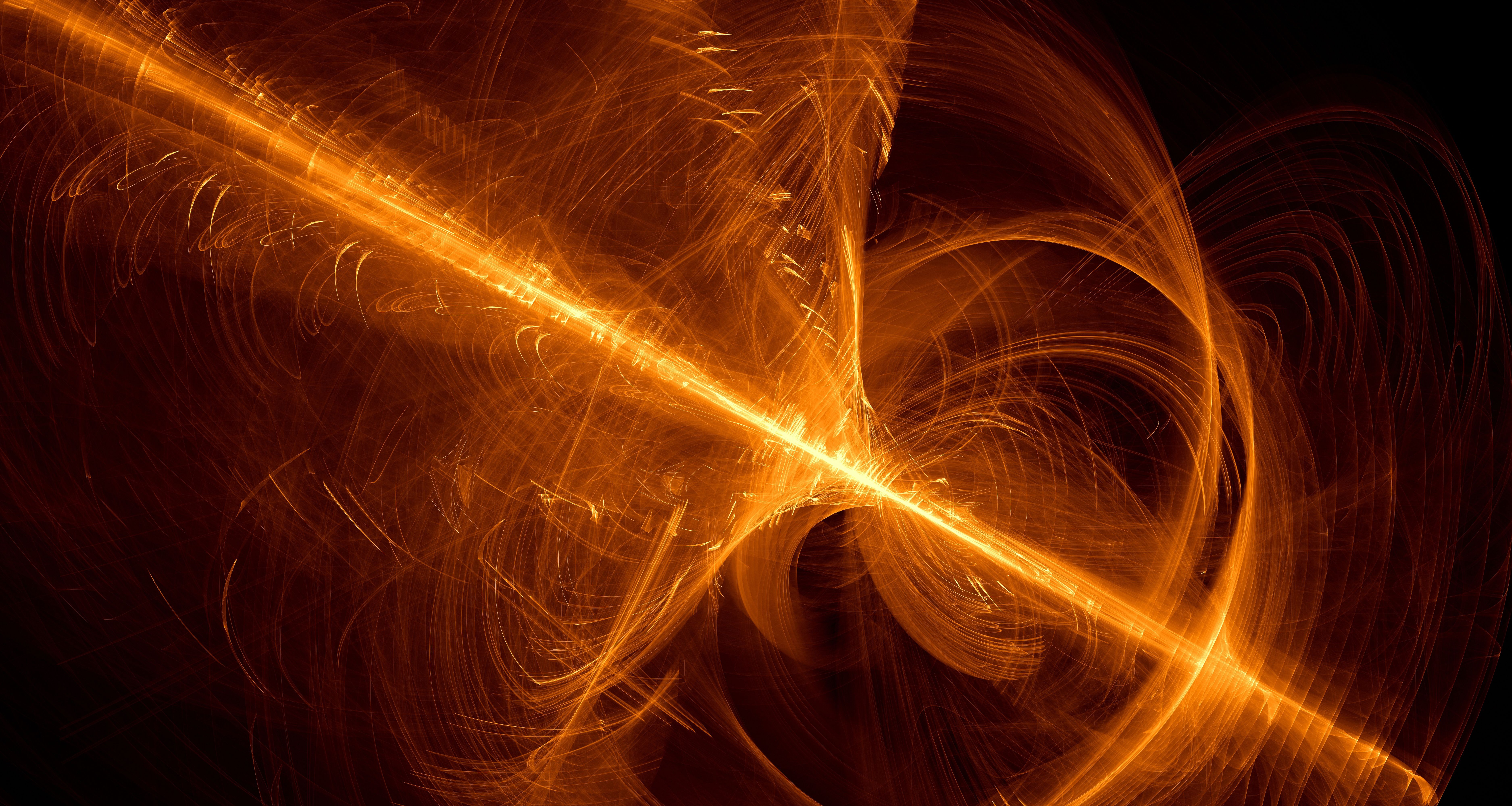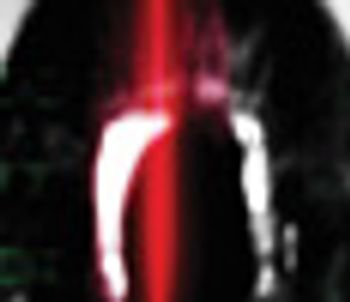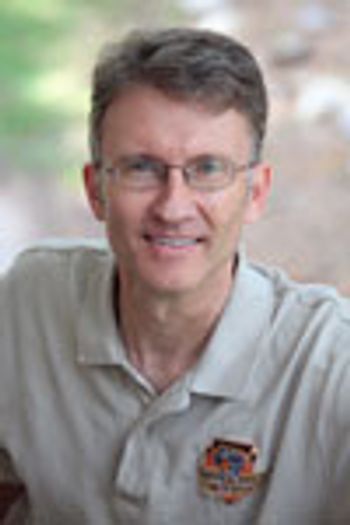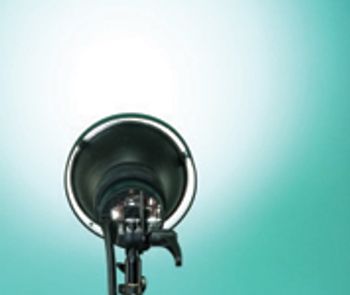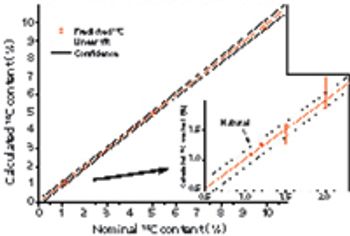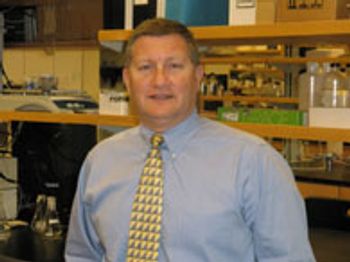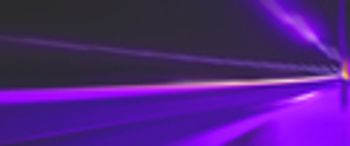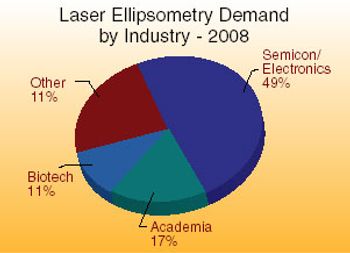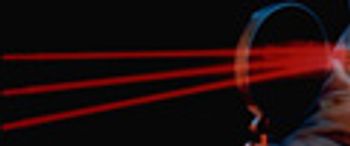
For an emergent analytical technique to be adopted, its proponents must find applications where it offers significant benefits over established techniques, such as sensitivity, speed, cost, or ease of use, or some combination of those. For laser-induced breakdown spectroscopy (LIBS), identifying its ideal niche has been one of the challenges in gaining followers. To assess where LIBS is being used today, what new areas are emerging, and how well LIBS competes with other methods in those new areas, we asked a panel of experts for their views.
